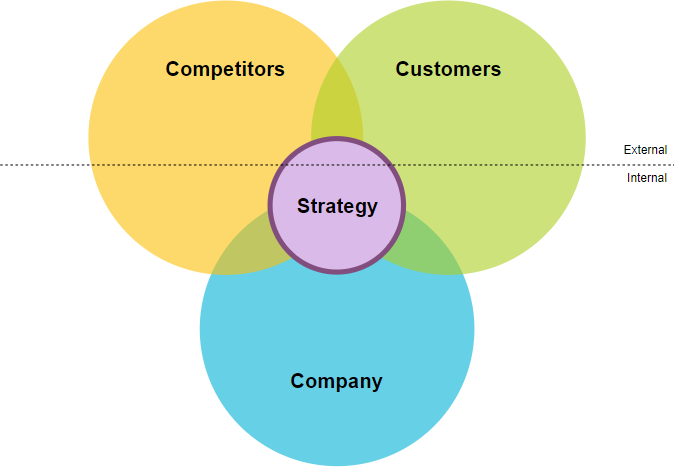Business Plan Proposal
Description:
Aim: to present the Business Plan idea and a Project methodology.
Content:
1. Business plan idea — Brief analysis of the market situation (3C framework can be applied):
- a. Problem statement — What is the customer’s need/problem? Why the problem needs a resolution? — Expected target group. Competitive situation.
- b. Proposed Solution – What is the solution (product/service/idea)? – Brief company description. Company’s strength.
- c. Justification – Why is the company capable to solve this problem? — Conclusions about initial competitive advantage.
2. Methodology — Brief proposal of the Business plan structure:
- a. Business plan objectives — what are you planning to get as a final result of the work done?
- b. Marketing Research techniques* – for the environment, competitor, and market analysis (for ex. Literature review), customer research and analysis (for ex. Survey/interview/focus group).
3. Draft of the Index of the final document.
Notes:
1) 3C model

The 3C model framework can be used for the initial analysis of the market situation. It helps to identify the initial competitive advantage and justify the initial business idea. The objective is to identify: What are the current customer needs that cannot be solved by competitors, but can be solved by the company?
Specifically, to identify customer needs can be applied a Trend analysis. Such as,
- Mintel 2030 Global Consumer trends report >>>
- Google Search Trends >>> which help to identify regional trends based on the search inquiries.
2) Marketing research is the function that links the market to the marketer through information:
- defines marketing opportunities and problems;
- generate marketing actions (4Ps);
- monitor marketing performance;
- improve understanding of marketing as a process.
AMA (Approved October 2004)
Data sources:
- Primary – collected by researcher to address question/hypothesis (ex. customer surveys, interviews, observations)
- Secondary – available and ready to use (ex. literature review, internet sources)
Marketing Research Types:
The literature review is an analysis of the secondary data sources. May provide qualitative and quantitative data. The use of references to the original sources is crucial.
Exploratory studies are used to research a field with little or no knowledge (ex., focus groups, observations).
For example, you can explain which data collection technique can apply to get the secondary and primary data necessary for the decision-making in the Project. For instance, benchmarking about your competitors is secondary data, and customer survey is a primary data.
Aim – to find new ideas.
- (+) Very flexible and not formalized.
- (-) Should be followed by descriptive or causal research.
Example: What kind of people patronize our stores compared to our primary competitor?’ ‘What product features are the most important to our customers?’
Descriptive studies are used when the market is well known (ex., survey).
Aim – find out what is happening in a particular situation.
- (+) Based on research questions.
- (-) Formalized.
Example: ‘ What is the percentage of the target audience familiar with the brand?’ ‘Our sales are declining for no apparent reason’ ‘What kinds of new products are fast-food consumers interested in?’
Causal studies (Explanatory research) are used when the market is well-known in later stages of decision-making (for ex., experiments).
Aim – to study why something is taking place in a certain way.
- (+) Based on the research hypothesis.
- (-) Planned and structured (formalized).
Example: ‘Will consumers buy more products in a blue package?’ ‘Which of the two advertising campaigns will be more effective?’
Sources: https://research-methodology.net/causal-research/
3) Index of the Business Plan as main section can include: